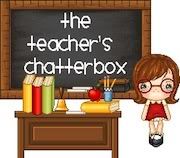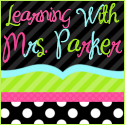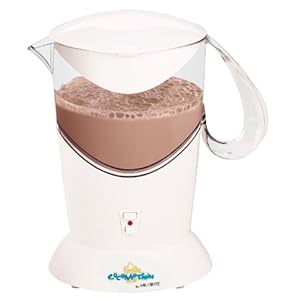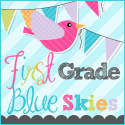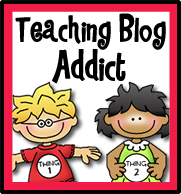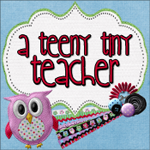
As the holidays approach, I still try to find ways to incorporate Science into the classroom. I don't want Science to be forgotten in the midst of all the holiday fun. Science can still take place even while we are talking about the holiday season.
This is a neat story about a family's Christmas tradition. Every year, they troop out into the forest to decorate their night tree, a living pine Christmas tree. The night tree is festooned with edible decorations. After the family enjoys the magic of the decorated tree, they depart, knowing that the friendly critters who inhabit the woods will enjoy the decorations as a Christmas time snack. The book introduces an interesting family "tradition" and teaches the concept of tradition as well as doing for others (the gifts of food for the animals). It is a warm story that brings smiles to young faces. Book Review by Amazon
I think this would be a wonderful book to talk about family traditions for a little integrated Social Studies. For Science, this would be an excellent book to talk about the basic needs of animals and tie in the winter season. In our classroom we have been working on a Tree Homes Science unit and this would be a perfect review for us. To extend this discussion further, it would also be fun to make some bird feeders for the animals in winter. You could even hang the bird feeders in the trees at school and observe the animals throughout winter. I think this would be a wonderful Science Notebooking activity.
For years we made bird feeders with pine cones, peanut butter and bird seed but due to allergies we had to stop this activity. I have searched and search for other ways to make bird feeders for a couple of years and did not find exactly what I wanted. When I saw this I was hooked. I think this would be simple and perfect for Kindergarten Scientists. You could use pipe cleaners instead of wire and the children could easily make them. I would love to incorporate counting into this activity. Additionally, the children could observe the tree and count to see how many pieces are missing.

































.JPG)










